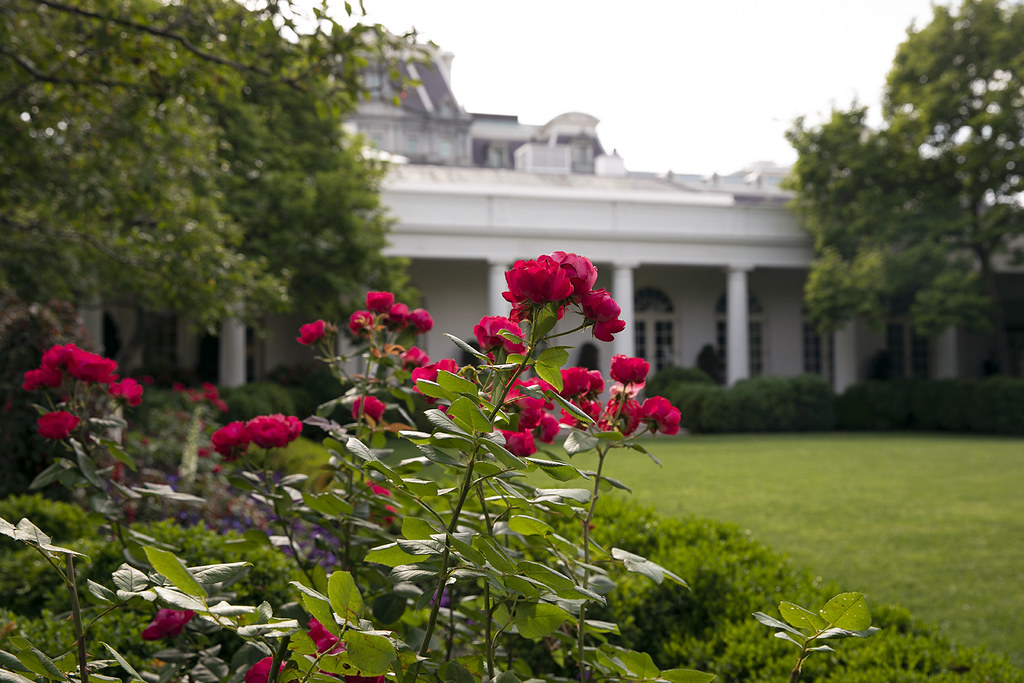
The Rose Garden is complete, and far more beautiful than anyone ever imagined, Donald Trump declared this summer. But where a room so steeped in more than a century of presidential history, beauty is in the eye of the beholder and in this case, the beholder has substituted grass for gleaming stone. The White House Rose Garden has never stood quiet. From its beginning as a horse stable to being reconfigured by John F. Kennedy as a ceremonial site, each first family has left its mark on it.
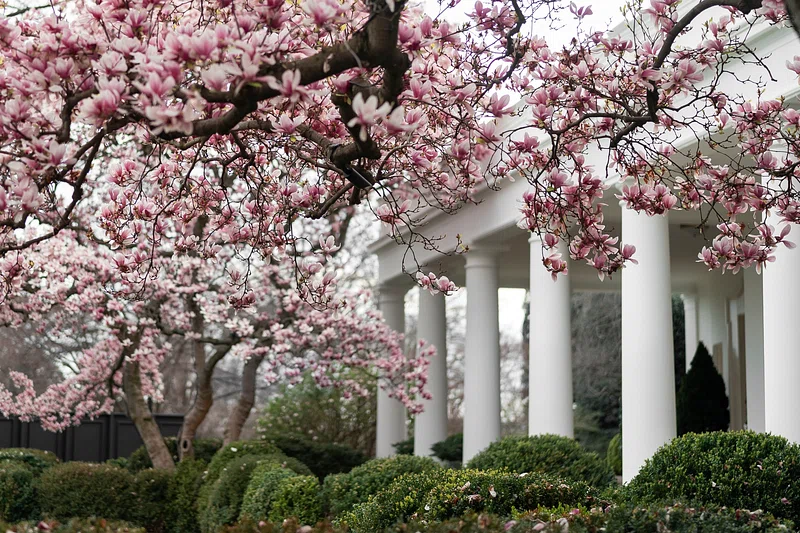
But Trump’s most recent makeover atmospherically punctuated with Mar-a-Lago-style umbrellas and a patio for stilettos is one of the biggest makeovers in its design and purpose. For history buffs and political watchers, the history of the garden is a story about changing tastes, presidential priorities, and the tension between tradition and innovation. Here is a closer examination of the moments, men, and decisions that have made and remade America’s most famous garden.
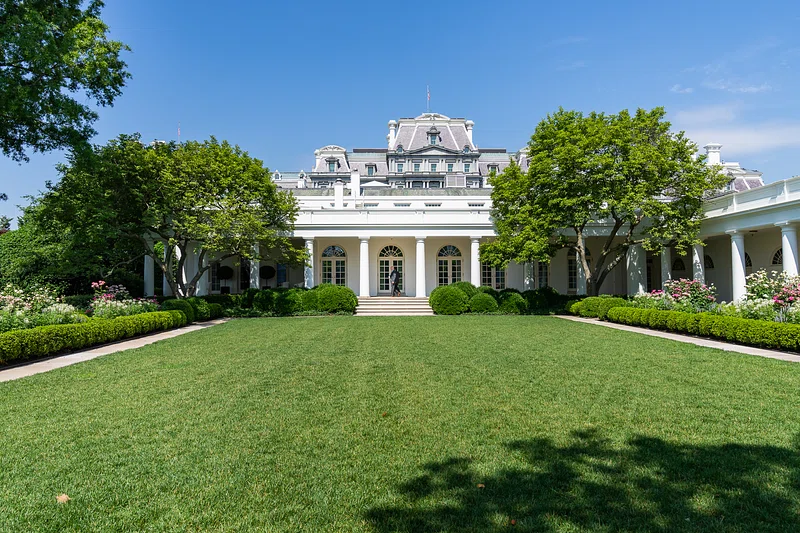
1. Stables Before Roses
Long before roses framed presidential photo opportunities, the space was occupied by horse stables and utilitarian outbuildings. In 1902, Edith Roosevelt swept the dust away and replaced it with a Colonial Garden, bursting with daisies, Johnny jump-ups, and wildflowers she herself gathered. It was one of the larger White House renovations, and her paisley-beds and boxwood borders set the stage for the future formal gardens. It was a gracious, domestic touch in an era when the West Wing was still getting its architectural identity.
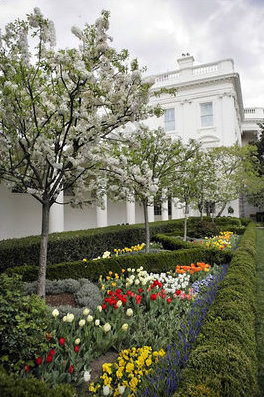
2. Ellen Wilson’s Modern Rose Garden
Ellen Axson Wilson, Woodrow Wilson’s wife, in 1913 commissioned the first fully developed Rose Garden in the location of Edith Roosevelt’s Colonial Garden. She collaborated with landscape architect George E. Burnap to introduce order and elegance, as promoted by the City Beautiful movement. Formal, symmetrical beds were bounded by low privet hedges, a central lawn tied the design together, and tall hedged allées bounded ceremonial walks. The west side even featured a lattice wall for displaying paintings at receptions a nod to the garden’s twin purpose as both flower exhibition area and social platform.
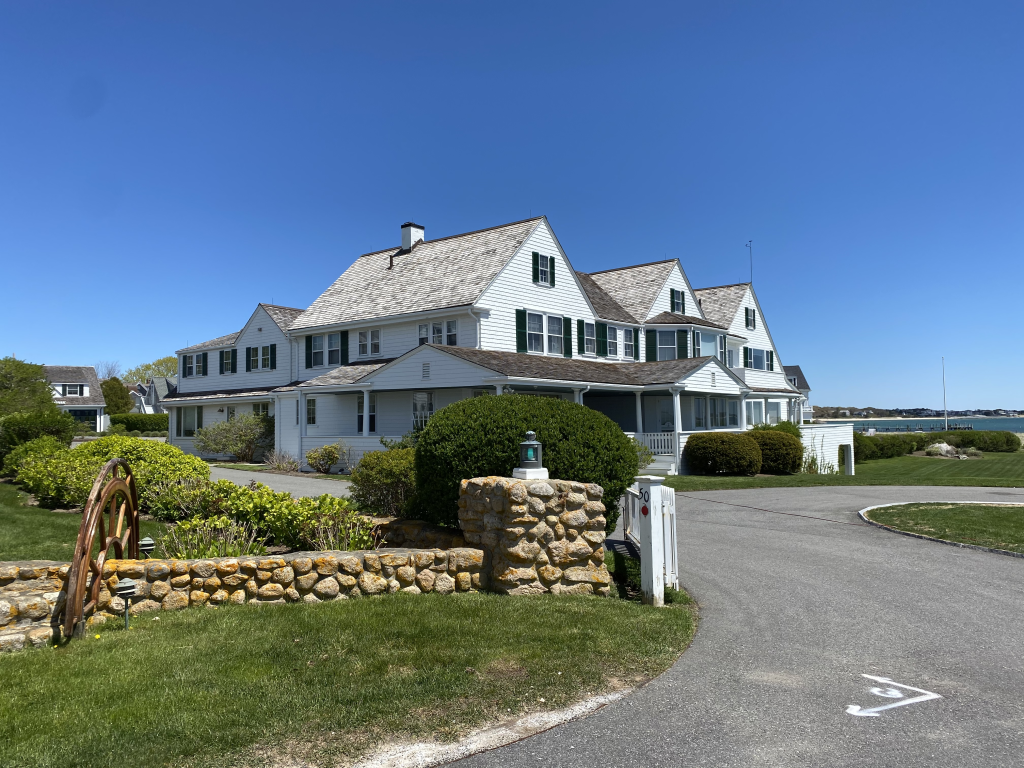
3. Kennedy and Mellon’s ‘Green Theater’
President John F. Kennedy returned from Europe in 1961 convinced that the White House needed a garden to rival the grand spaces he had seen abroad. He consulted with Rachel “Bunny” Mellon, his intimate friend and celebrated garden designer, who envisioned a 50-by-100-foot lawn flanked by seasonal plantings, magnolias, and Katherine crab apples. Mellon’s vision, which was influenced by the magnolias at New York’s Frick Collection, created what she called a “green theater” a place that could seat a thousand but feel intimate. As described by Stewart McLaurin of the White House Historical Association, Kennedy wanted “an outdoor room” for diplomacy, ceremonies, and contemplation.
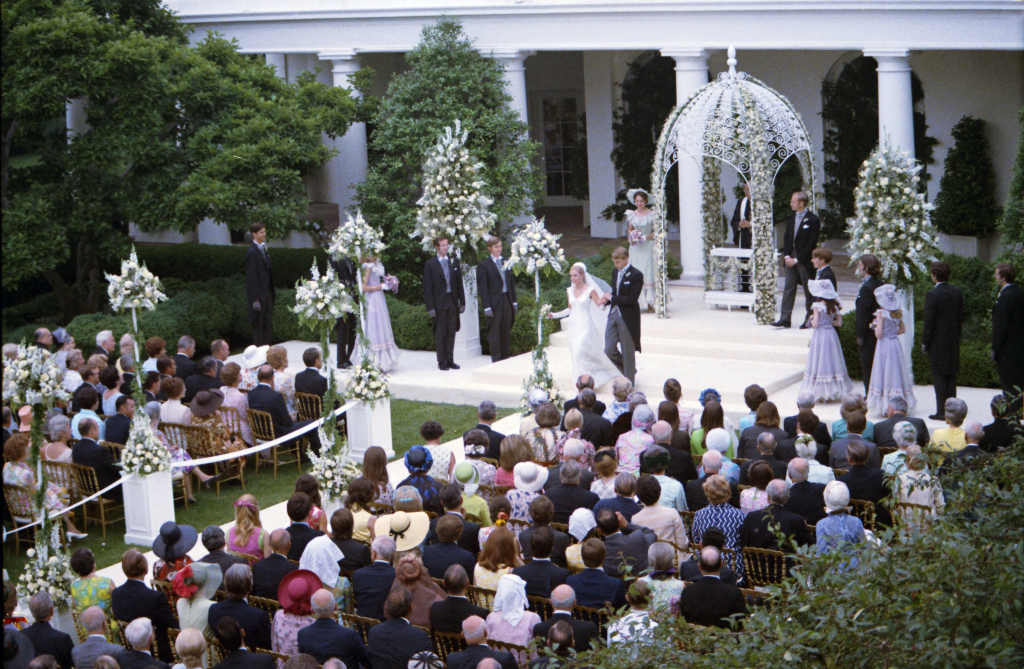
4. Weddings, Diplomacy, and Pop Culture Moments
The cultural status of the Rose Garden went through the roof in 1971 when Tricia Nixon married Edward Finch Cox there the first outdoor White House wedding of a presidential daughter. The setting consisted of a specially constructed iron gazebo draped with white stephanotis and roses, with 400 attendees and millions of viewers on television. Over the years, it’s been the backdrop for historic press conferences, such as Bill Clinton introducing Ruth Bader Ginsburg to the Supreme Court and Barack Obama’s 2009 “beer summit.” It’s been the location of lighter moments, as well Ronald Reagan feeding squirrels, or Obama tossing a ball to Bo, the First Dog.
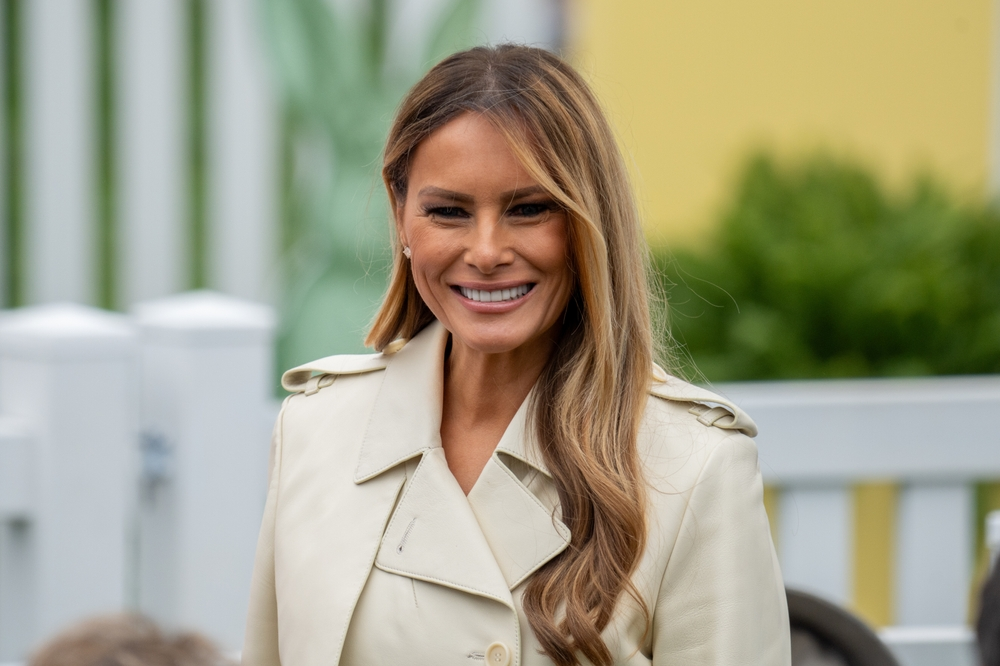
5. Melania Trump’s 2020 Restoration
In 2020, First Lady Melania Trump spearheaded the most significant renovation since Kennedy days. Her own privately funded project upgraded event technology, drainage, and included limestone walkways and new white rose shrubs in place of aged crab apple trees. The magnolias stayed, but boxwood parterres and pastel roses replaced borders. Critics found the new stone edging to be unyielding, but when the plantings settled in, the garden felt once more a lush vitality. The renovation aimed to do Mellon’s dream justice while modernizing the space for application in the 21st century.
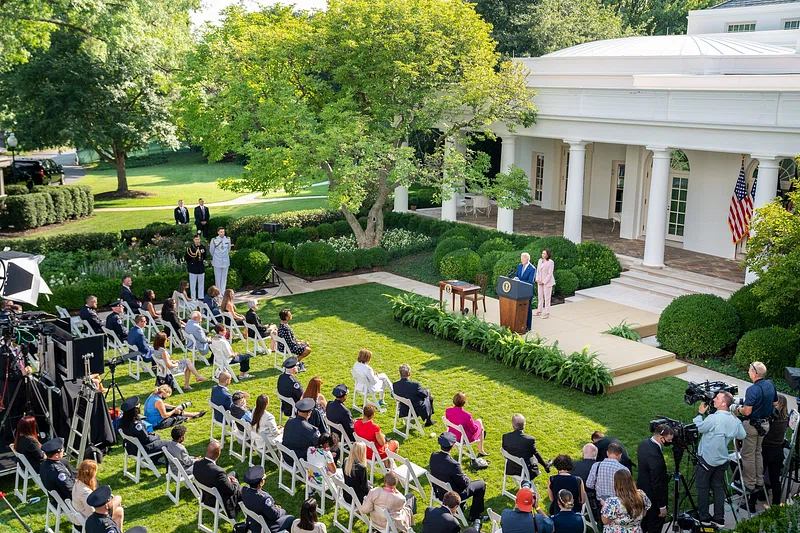
6. Donald Trump’s Mar-a-Lago Facelift
Donald Trump redesigned the garden in a totally new way in 2025. Complaining about wet grass that snagged women’s heels, he paved the middle lawn with stone tiles placed on the diagonal, a replica of his Mar-a-Lago club patio. Yellow-and-white-striped canopies, bought in the same batch as Mar-a-Lago’s. Mould over new patio tables. White grates featuring Stars and Stripes motifs sit atop improved drainage, and gold presidential badges are embossed on several tiles. The privately funded $1.9 million endeavor also put in a state-of-the-art sound system so Trump can DJ parties on his iPad, as he does in Palm Beach.
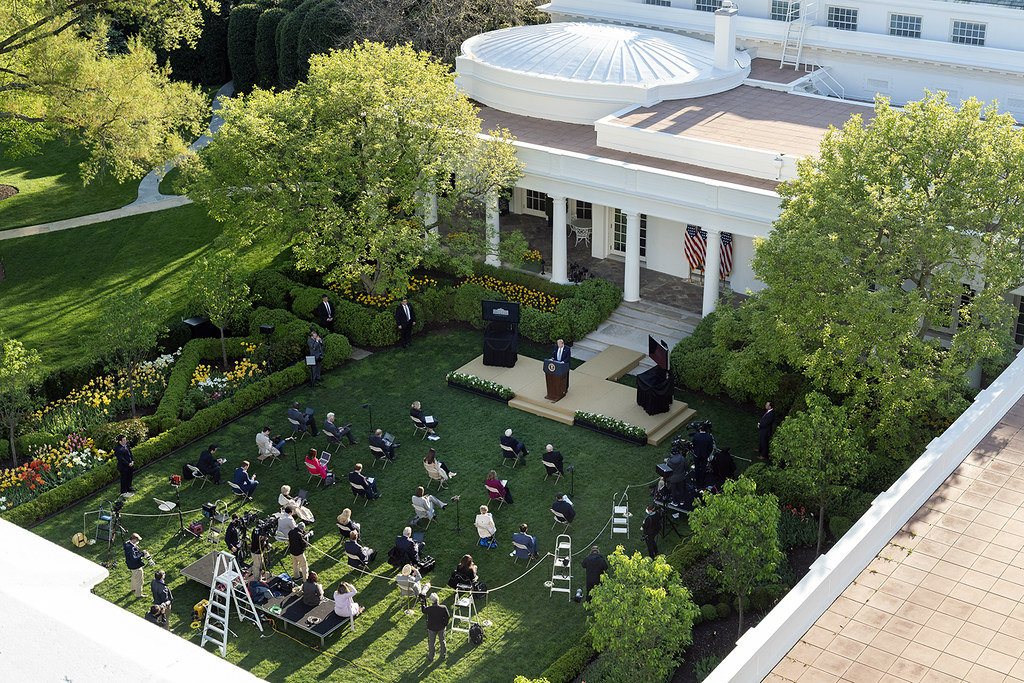
7. The ‘Rose Garden Club’ Era
White House press secretary Davis Ingle referred to the renovated space as “the hottest place to be in Washington, or perhaps the world.” Trump has hosted tech tycoons Mark Zuckerberg and Tim Cook there, placing the patio both a social hotspot and a ceremonial space. Skeptics see the change as a loss of the garden’s existence as a symbol of presidential seriousness, while supporters call it functional updating. Historian Katherine Jellison told The Telegraph that both Kennedys “would be shocked, and not pleasantly so,” by the loss of grass. But as McLaurin describes, the White House is “not frozen in time” and each redecoration is part of its ongoing story.
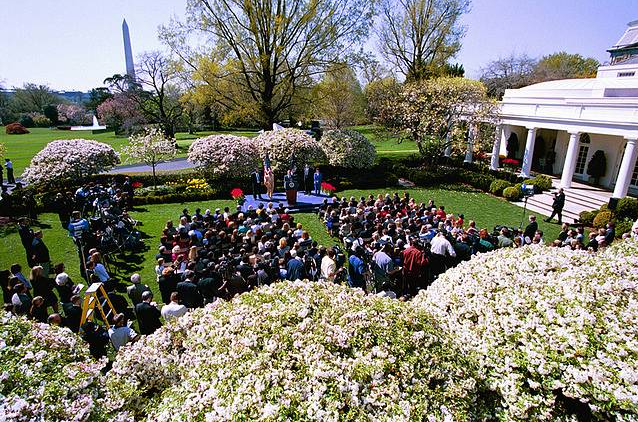
The Rose Garden has never just been a bunch of flowers it’s a symbol of the presidency itself, a snapshot of every incumbent’s approach, agenda, and vision for the country’s most symbolic patio. Whether Trump’s stone-and-umbrella patio is an institution to be cherished or an asterisk in the history books, it joins a line of alterations that underscore one thing: this garden, and the country it represents, is always in bloom and always evolving.


